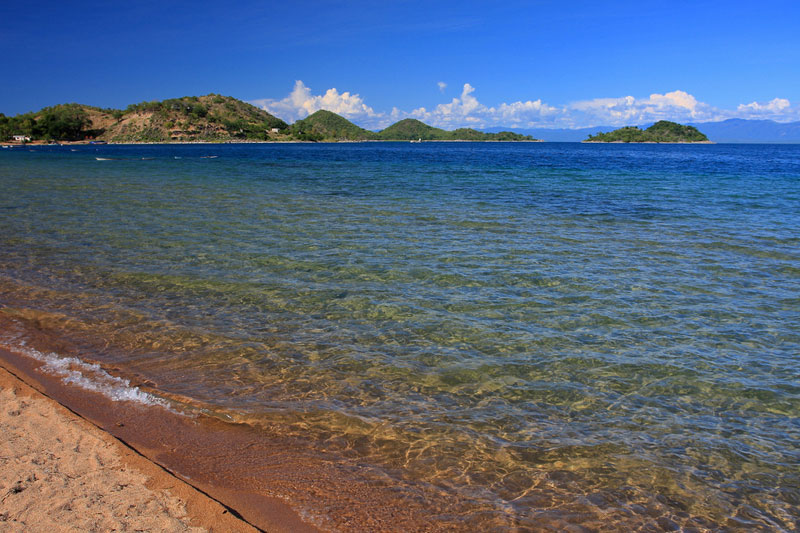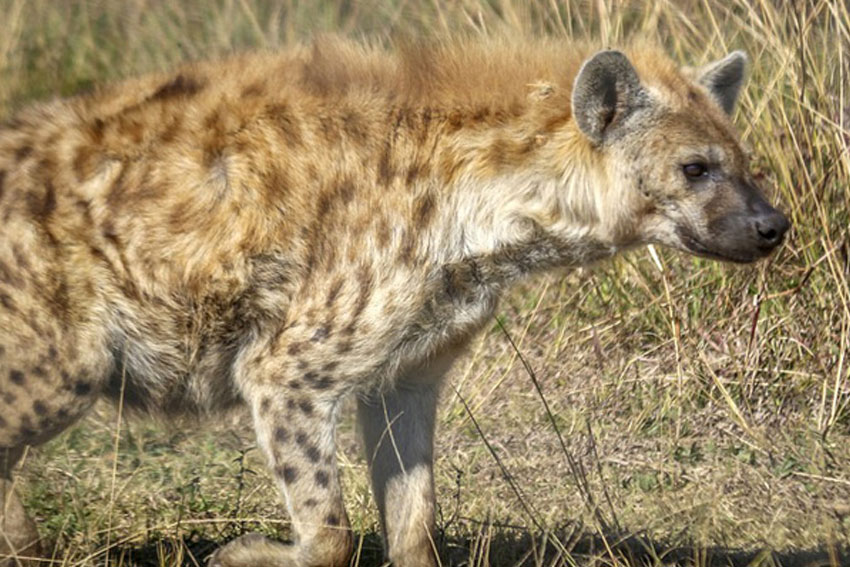In the past two weeks, I visited Mulanje, Zomba Plateau, and Dzalanyama Forest Reserve. These are all critical forest reserves and water catchment areas that have been heavily affected by deforestation.
In January 2024, I went Zomba Plateau. At that time, the Mulunguzi Dam was full. Just twelve months later, the situation is much different. The water level has dropped significantly. This is even more concerning considering the late and erratic rainfall patterns we’ve seen so far this season.
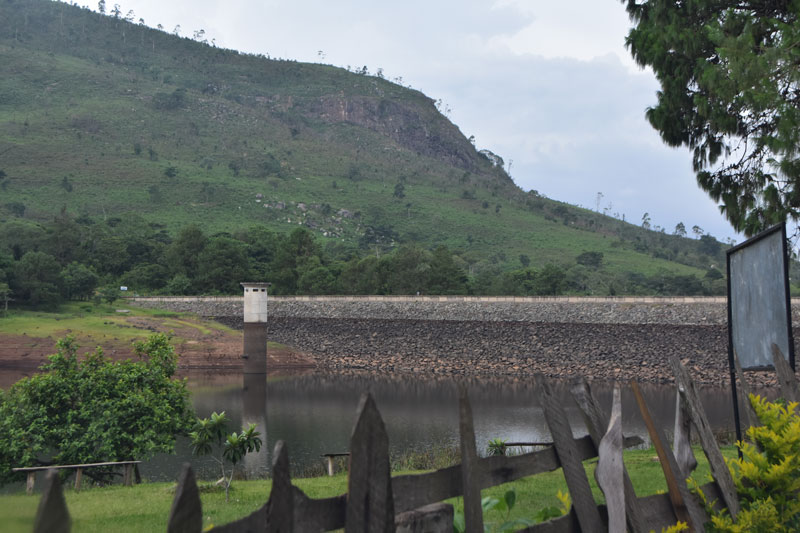
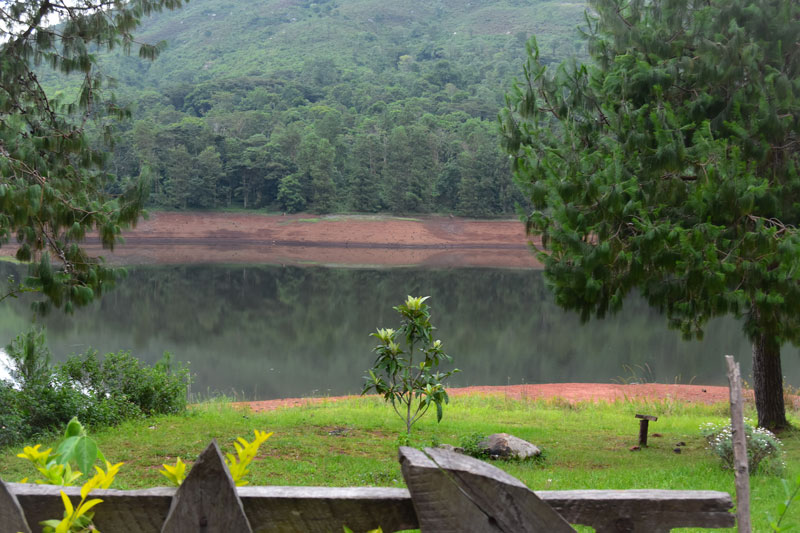
My most recent trip was to Dzalanyama Forest Reserve a few days ago, where I participated in a tree-planting exercise. During the nearly 10 km hike to the planting station and back, I saw little evidence of deforestation near the Dzalanyama Forest Lodge and the forestry offices. This is likely because illegal loggers tend to operate further away on the reserve’s fringes. However, even near the offices, there is still some illegal tree-cutting.
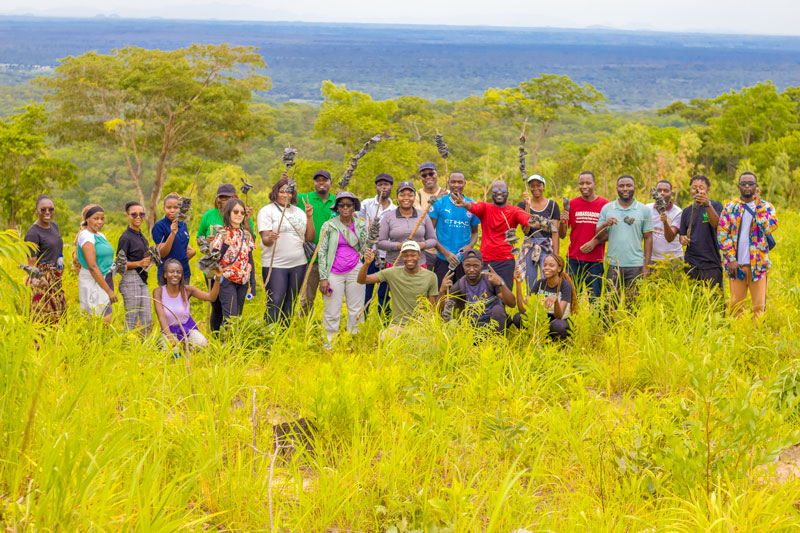
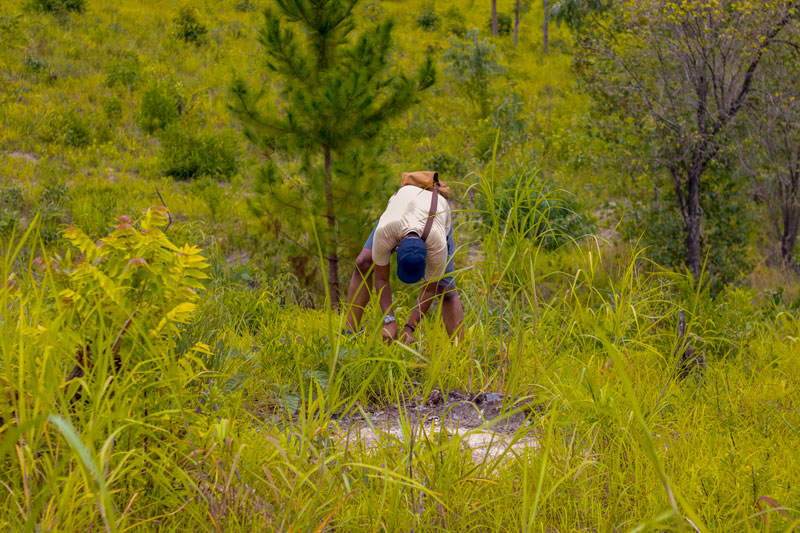
Villagers can collect mushrooms, masuku (wild loquat or sugar plum), and sesenya (edible insects) from the forest. They can also collect dry firewood for a small fee. Unfortunately, some villagers deliberately damage young trees in the forest, causing them to dry up. These dried trees are then collected as firewood a few weeks later.
Two cities, two forests, one shared fate
The Zomba and Dzalanyama forest reserves are critical water catchment areas for Zomba and Lilongwe cities. Deforestation in these forests has led to siltation in Mulunguzi and Kamuzu Dams, affecting the water supply for residents of these rapidly growing cities.
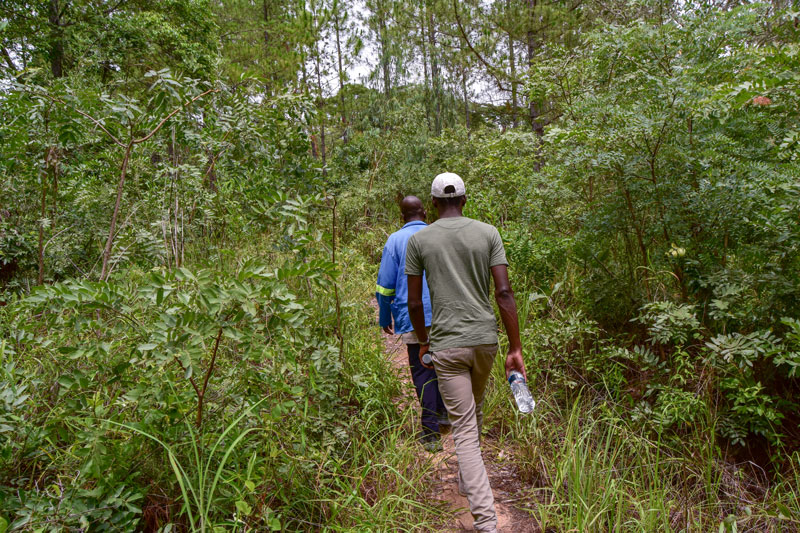
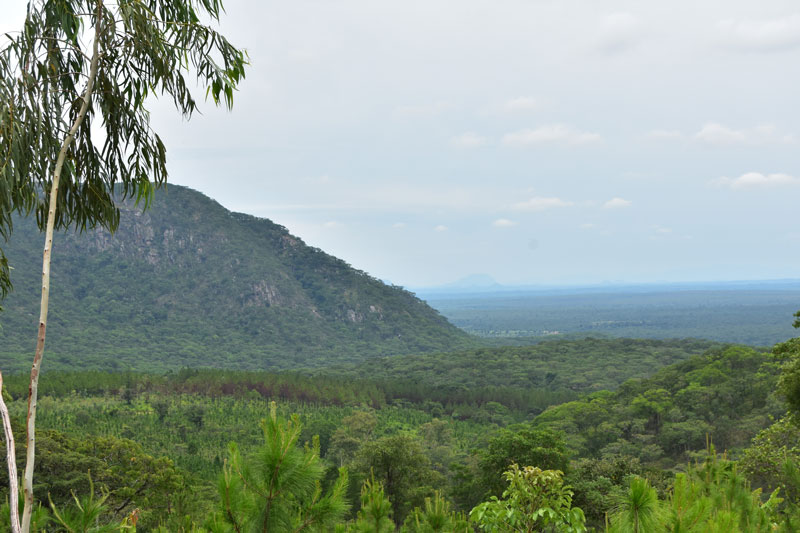
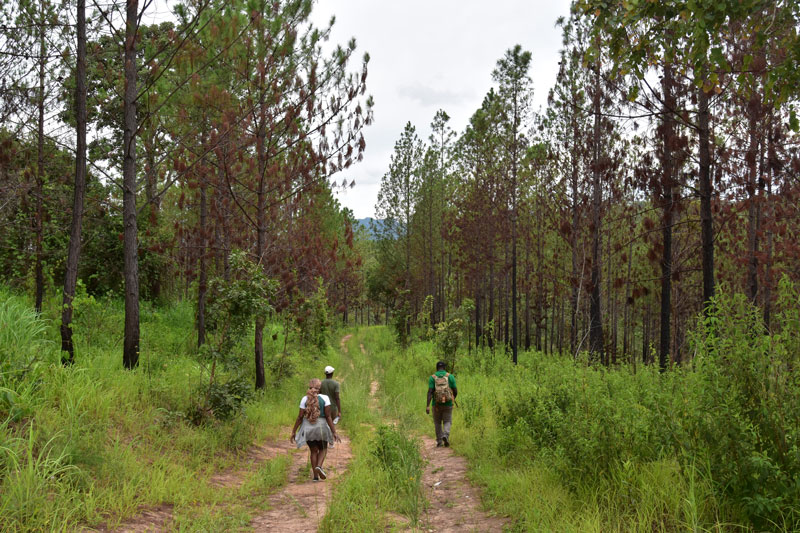
Illegal loggers and charcoal burners are increasingly resorting to violence, injuring and even killing forest guards and community defenders. The Malawi Defence Force has previously been deployed to protect the Dzalanyama forest but withdrew after allegations of rights abuses.
It has also been alleged that corrupt police and forestry officials aid and abet the illegal charcoal trade. A ‘golden handshake’ is enough to get through numerous roadblocks set up to stop the transportation of illegal goods.
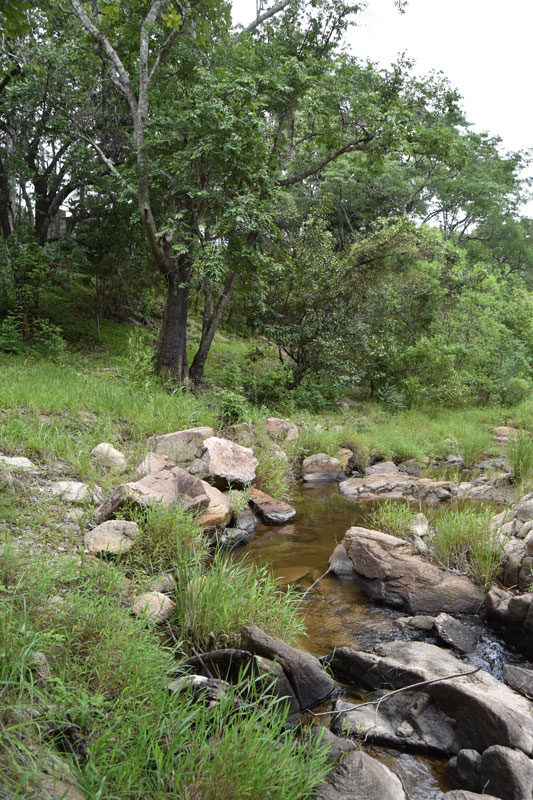
Water supply mitigation efforts
In Zomba, the Southern Region Water Board has embarked on a project to identify a site for a multipurpose dam along the Domasi River. The project is expected to supply 36 million cubic millimetres of water annually to supplement Mulunguzi Dam, which currently supplies 3 million cubic millimetres a year.
In the capital city, the Salima-Lilongwe Water Supply Company Limited has commenced construction of a pipeline from Salima. The project will supply water to 1.5 million people in Lilongwe, Dowa and Salima.
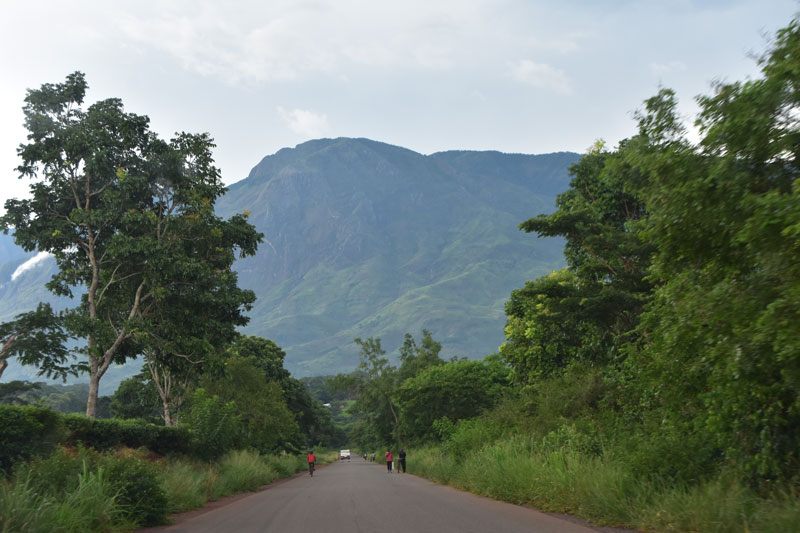
The vanishing Mulanje Mountain cedar forest
The Mulanje cedar (Widdringtonia whytei) is a critically endangered conifer tree species endemic to the Mulanje Massif. Its valuable wood has made it a target for illegal logging.
Increased frequency of fires has also contributed to the destruction of the cedar forest. The slow regeneration rate has made it extremely difficult for the species to recover. Loss of tree cover has also increased incidents of flash floods in Mulanje and Phalombe.
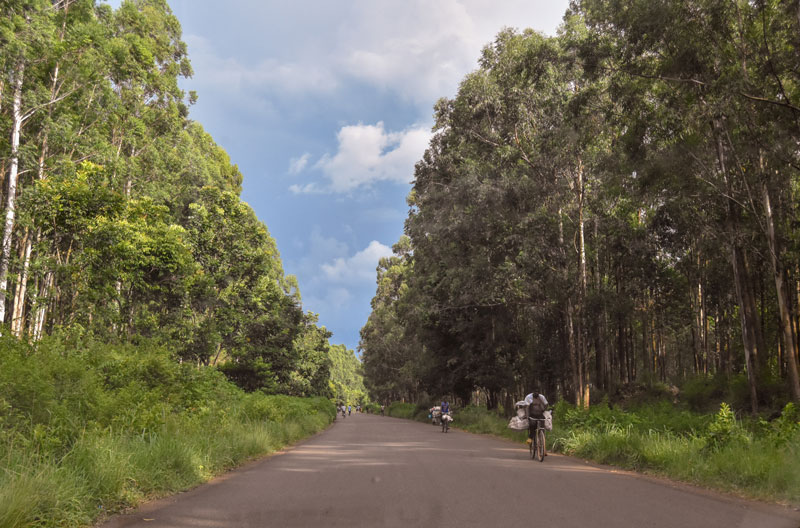
The mountaintop forests and woodlands are a vital water catchment area for nine rivers that flow through Mulanje and Phalombe districts. There is a project to tap water from one of the rivers, the Thuchira River, to supply Mulanje, Thyolo and Phalombe districts.
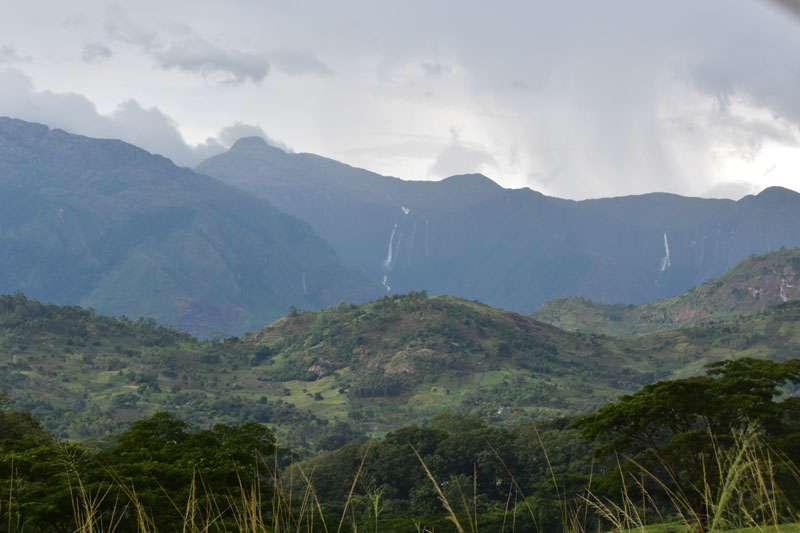
Muvi woyang’anira (sword of Damocles)
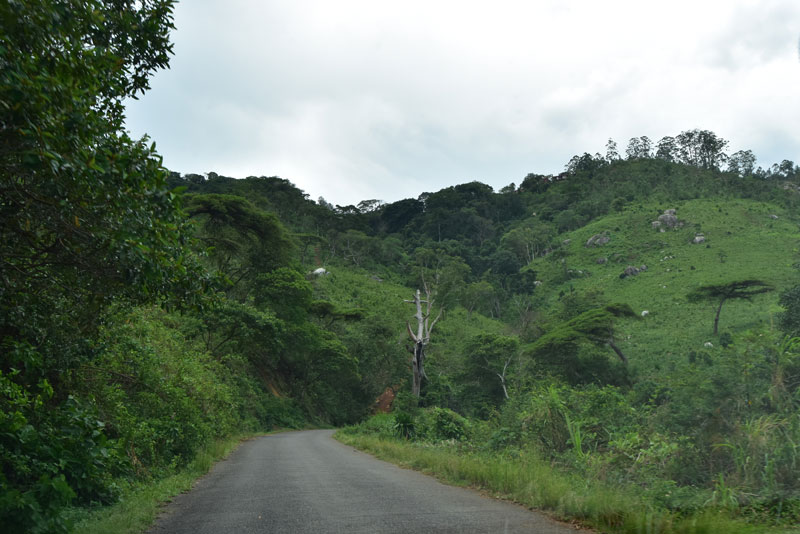
Combating deforestation is complex. It requires the efforts of all players from chiefs to conservation organisations like the Mulanje Mountain Conservation Trust, and common citizens to citizen number one.
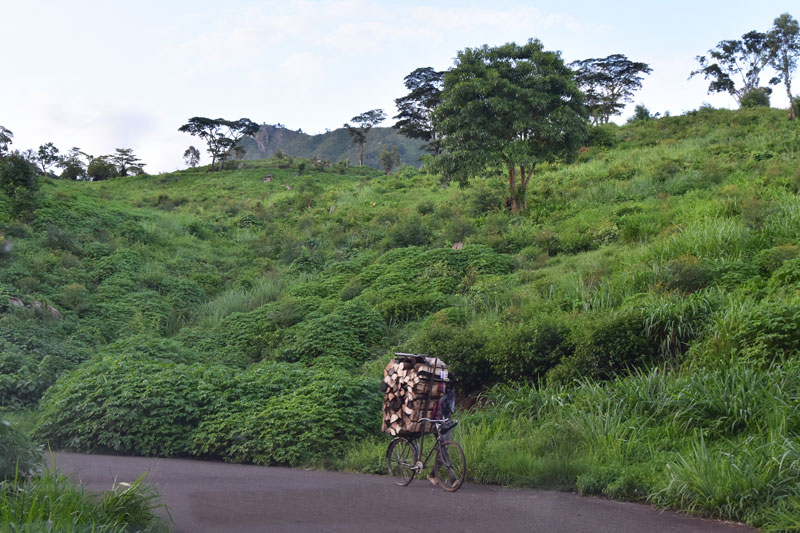
Tourism operators also have a critical responsibility. Without their intervention and advocacy, Malawi will lose the natural resources that attract tourists.
Deforestation is a serious threat hanging over our heads, just like the sword of Damocles.

